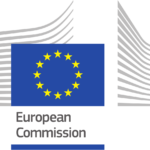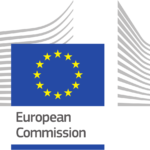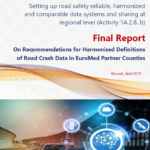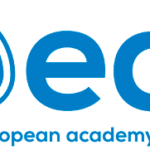Road Safety is acknowledged as a priority issue in the
EuroMed
partner countries (Algeria, Egypt, Jordan, Lebanon, Morocco, Tunisia).
However, the collection of credible road safety data is a major
challenge. In this context, the recent EuroMed Report, which was
launched with the active contribution of NTUA,
consists of provision of technical assistance on setting up road safety reliable, harmonized and comparable data collection systems at
the EuroMed Partner Countries and sharing at regional level. The Final
Report concludes that the adoption of common definitions for road crash
variables and values strongly depends on the successful implementation
of basic definitions (accident, road, casualty severity) and the
systematic and complete reporting of crashes and casualties.

















Δεν υπάρχουν σχόλια:
Δημοσίευση σχολίου